Not too quiet but not too flighty... it's not easy finding the perfect milking deer.
This is a big focus at Pāmu's Aratiatia Deer Milking Unit near Taupō which is finishing its third season extracting creamy, nutritious milk from a mob of red deer.
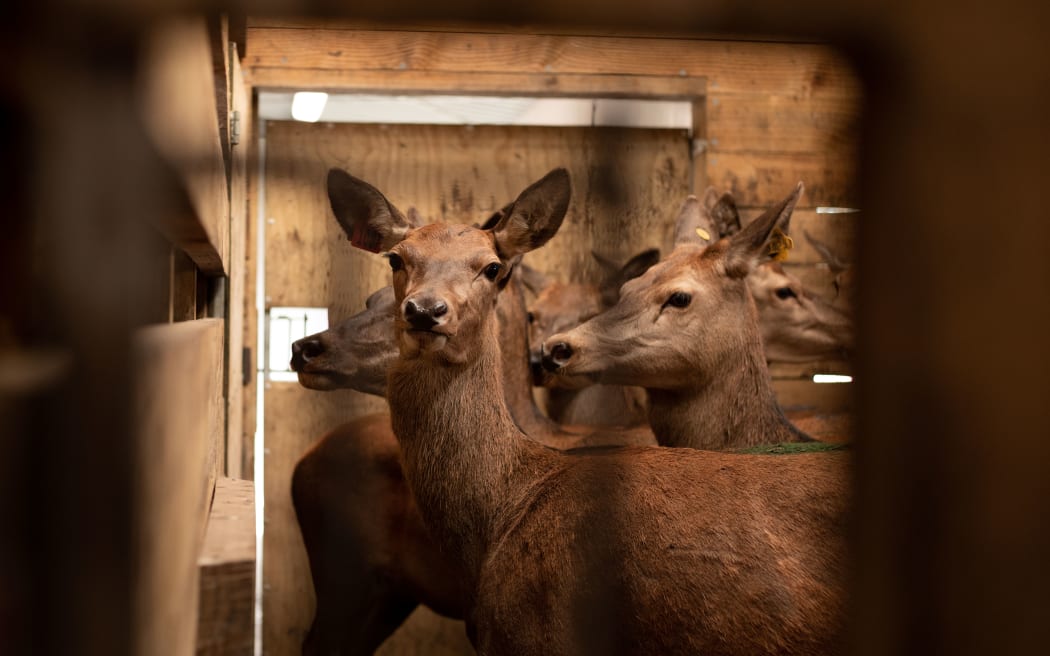
Photo: RNZ / Samuel Rillstone
The better-suited hinds have got a little bit of go about them, according to Robbie Smith, the farm's manager.
Smith knows his deer, having worked on venison farms run by the state-owned enterprise Pāmu (also known as Landcorp) but when it comes to milking of any sort he admits he's green.
"Initially, I had a giggle about it and thought 'these guys are crazy', with my past experience of farming deer, and then the idea grew on me.
"I love it. It's awesome. There are so many unknowns and so many learnings."
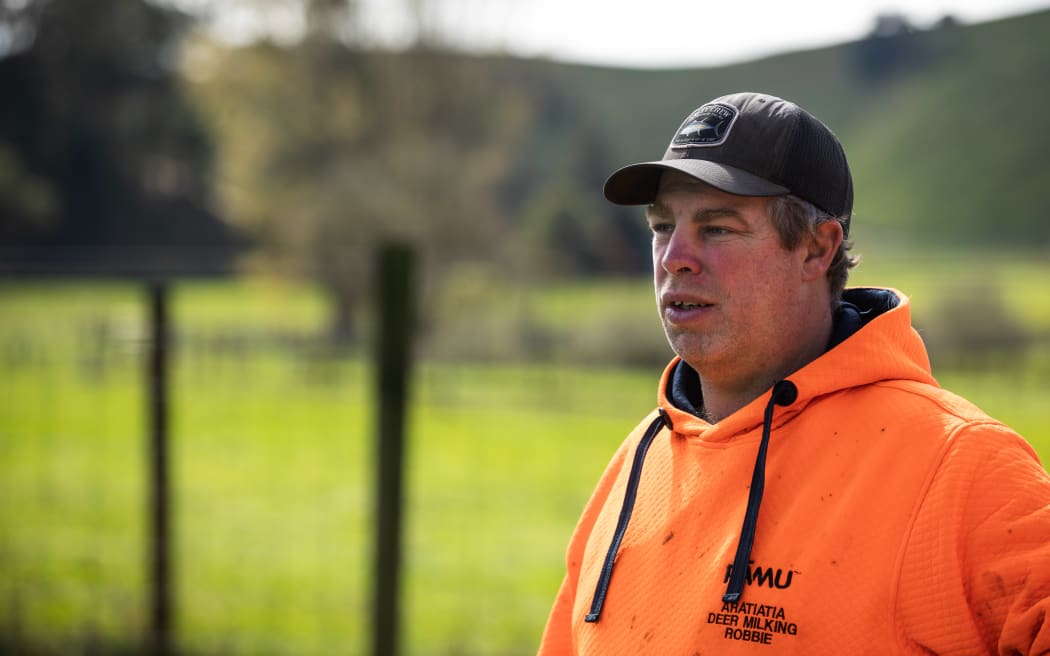
Robbie Smith, Farm Manager Photo: RNZ / Samuel Rillstone
The red deer come from Landcorp's venison genetics business and if they don't make the cut as milkers they'll go back into the herd and be grown for meat, Smith explains.
Fifty years ago, the breed was ranging wild in New Zealand's backcountry and he is proud of the strides made in adapting them to high-sided stalls and milking machines.
When it comes to deer the younger the better as they're easier to train, Smith says.
He points out some first-fawners straight off a venison farm who were milking a day after their offspring had been weaned.
Pāmu is New Zealand's biggest deer farming enterprise and is keen to expand its deer milking operation.
The amount of milk an individual deer produces is small compared to other ruminants, and the Pāmu team is coy about revealing yields.
"If we can double it, it will be a good story," Smith says.
"It's an evolving beast. Every year we're making gains genetically."
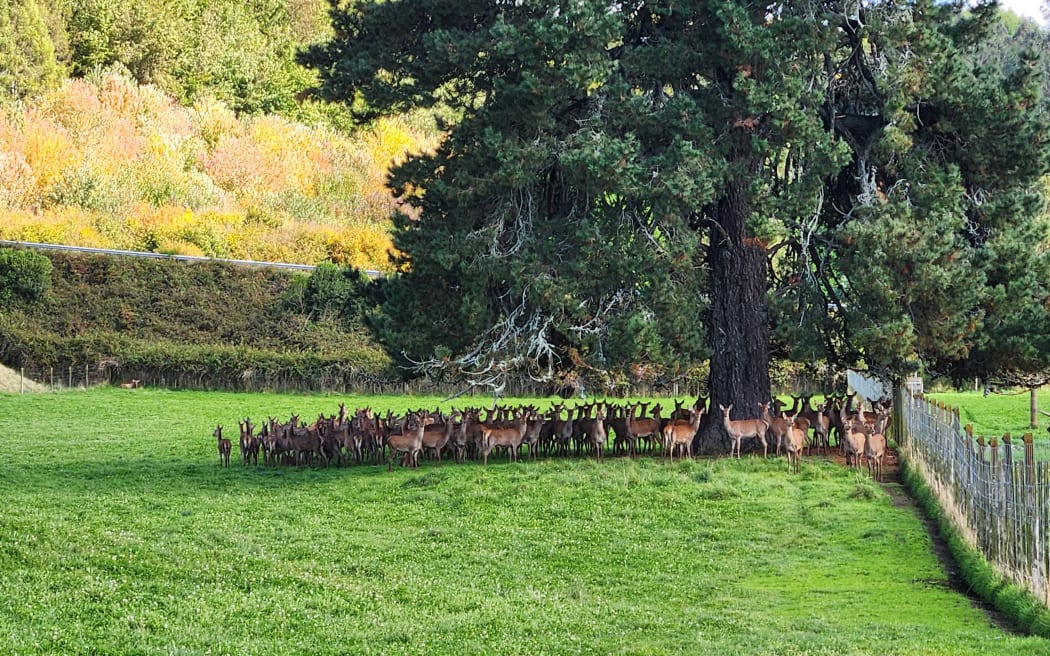
Red deer at Pāmu's Aratiatia Deer Milking Unit Photo: RNZ/Sally Round
The herd at Aratiatia now numbers 175, including stags chosen for their temperament because they sometimes accompany hinds to the milking shed before being drafted out.
The fawns spend much longer at foot than dairy calves.
A 12-week lactation period is the aim, Smith says, and they'll all be given a chance in the milking shed.
"We're getting a beautiful fawn at the end of it. We've got to look after that fawn as well."
Getting the hinds into the high-sided milking stalls looks to be a much more intensive process than with dairy cows.
The deer are broken down into groups of 20 and put through a series of internal walled yards before being led into the stalls.
"Keep them cool, calm and collected. They don't like to be mobbed up."
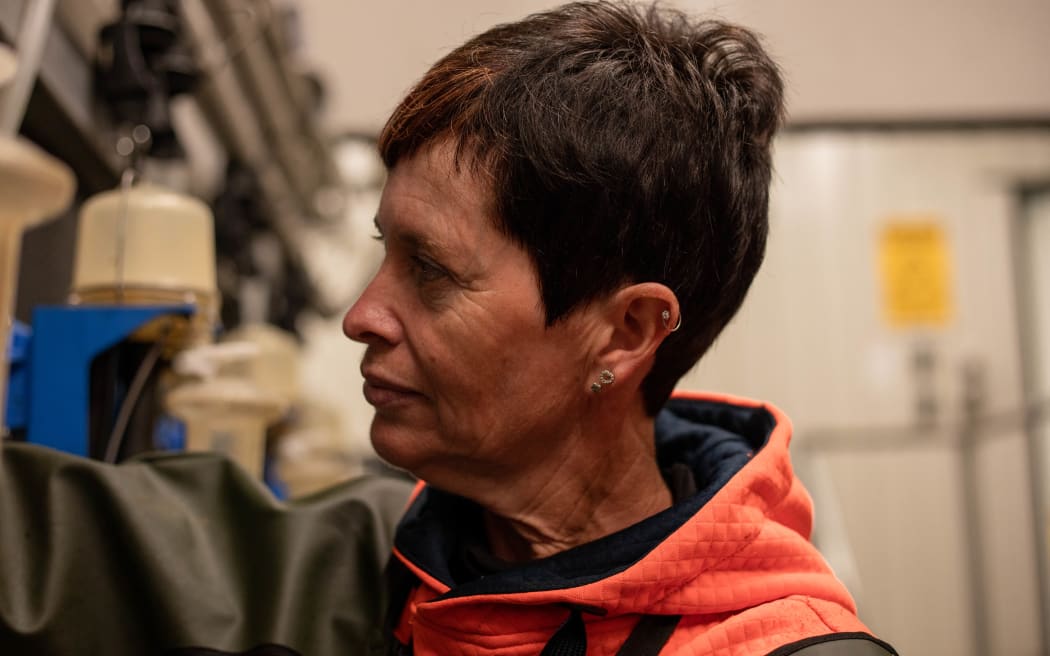
Karina Livesey, Deer Milk Assistant Photo: RNZ / Samuel Rillstone
Once in the vat, their milk is turned out into bladders, frozen and later converted into milk powder at a plant in Hamilton ready for export to be used in cosmetics, as a nutritional supplement and by dessert chefs.
Asia is the big market at this stage and deer milk's potential as a superfood for the elderly is what has Pāmu excited.
"When you get out and travel to places throughout Asia and see the affinity which some of these markets have with deer and the size of these markets ... the scale is almost a little bit scary, if I'm honest," Pāmu's Deer Milk Business Lead Hamish Glendinning says.
"We've got to balance the markets that we open up with our ability to supply short-term.
"We're really confident there's a great opportunity to increase from where we're at and we're already seeing improvements year on year as we get better at selecting hinds who are good producers."

Deer milk Photo: RNZ/Sally Round
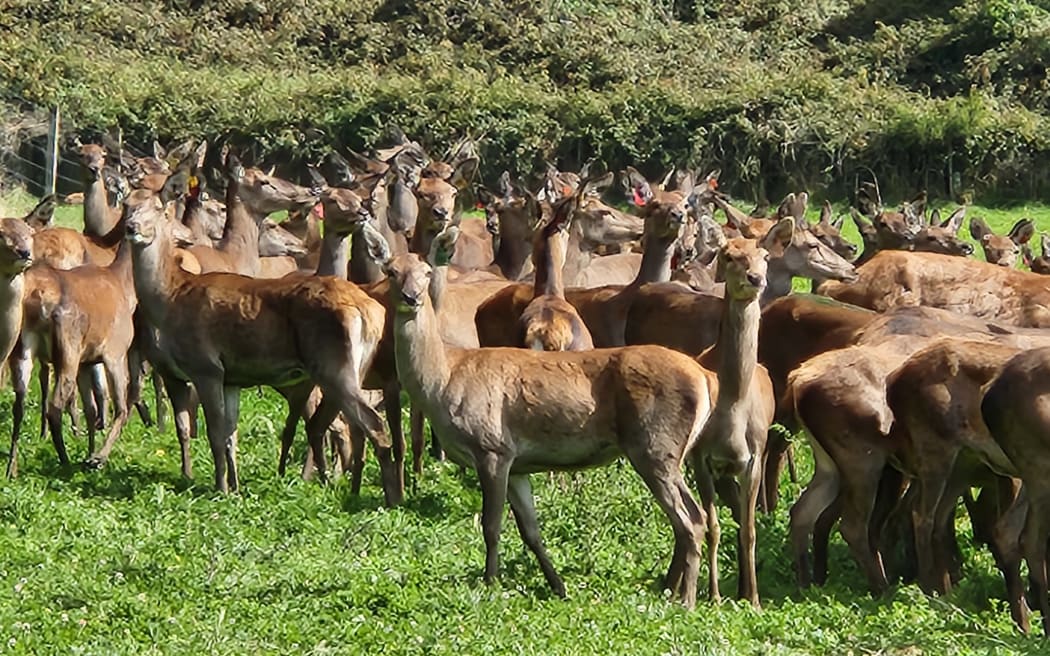
The red deer milking herd at Aratiatia Photo: RNZ/Sally Round
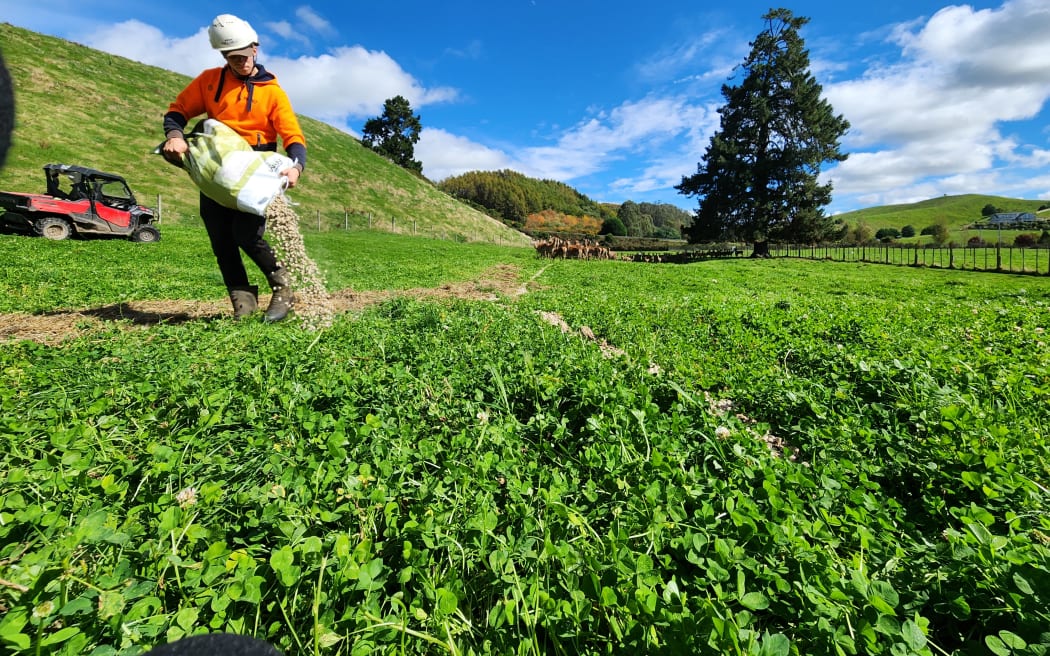
Deer nuts being fed out Photo: RNZ/Sally Round


